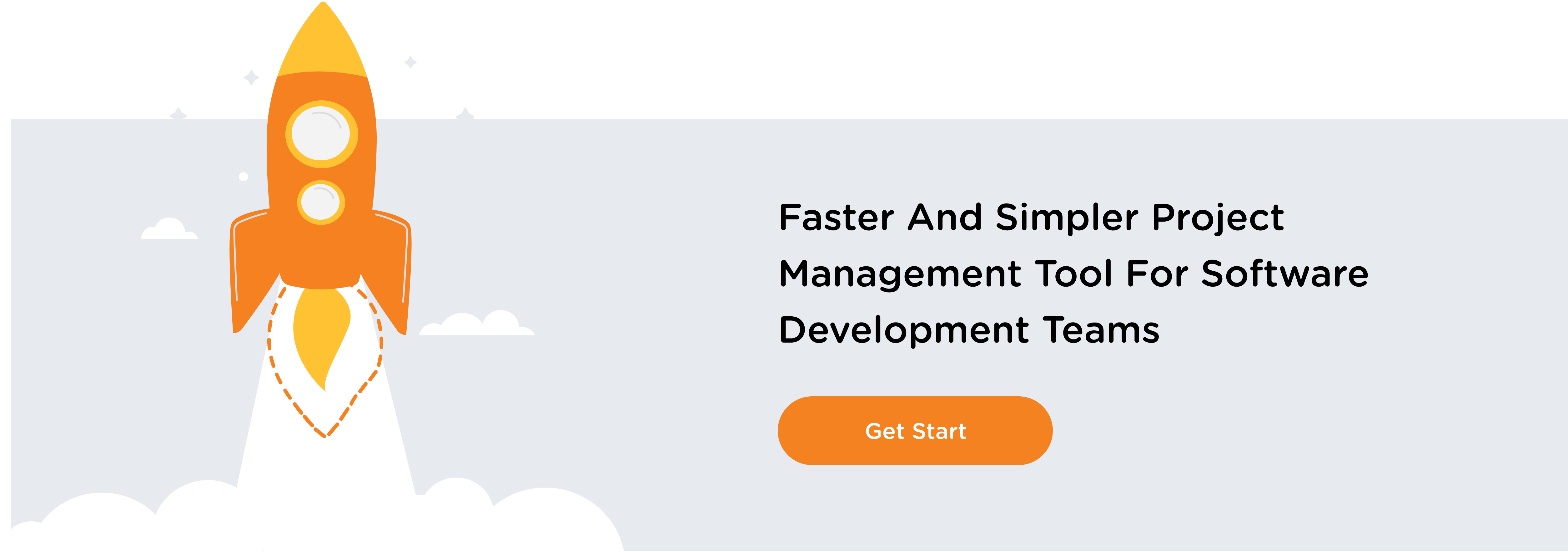The work you do before a project starts matters just as much (and sometimes more) than what you do during a project. Having a smooth rollout, adhering to deadlines, and understanding who is responsible for what work must be clearly outlined before even one task is assigned.
If you want your project to succeed, start here first.
Understand Project Details
Have a clear view of your project’s scope and the hard deadlines it entails. It’s better to under-promise and over-deliver. If you can set up your project with enough wiggle-room at the outset, you’ll be better positioned to adjust if unknown variables enter into the mix further down the line once the project is up and running. Having a solid understanding of your project and what it needs to succeed will help you understand how time and costs will play. It will also be able to help you know, for example, what resources you’ll need to ensure its ultimate success.
Gather and Prep Your Team
Once the project details are precise, you’ll have to gather a team that can help meet task requirements. Whether designers or developers, marketing or HR, you’ll need to make sure you have a team that can meet the demands and deadlines outlined by the project details. Once they are lined up, pre-project, prepare them for the tasks ahead by providing them with what they’ll need to succeed.
Understand Your Resources
Many organizations already have pre-determined tools on hand to help with projects. How you use them or incorporate new tools will depend on how well you understand your overall project. For example, will the upcoming work require close communication? Is your team in-house or working remotely? Where will work be submitted to? All of these questions should have an answer based on your resources. Make sure you have the resources on hand to help every team member manage:
- Time
- Tasks
- Deliverables
Set Expectations Appropriately
Before a project starts, it’s essential to understand your stakeholders and set expectations appropriately. Each stakeholder should realize, for example, their role in the project and what you’ll need from them, or when and what role they can (or shouldn’t) play in the overall project. By setting expectations early and clearly, and reinforcing those expectations, you’ll likely avoid issues such as scope creep.
Line Up the Right Technology
Having the right tools in place helps a team deliver on time and within budget. Leverage the technology that will help you succeed across these specific areas:
- Task Management
- Time Management
- Communication Management
- Deliverables Repository
Organize Relevant Documentation
At the outset of the project, you’ll likely have a bunch of documentation that you’ll use throughout the project. This documentation typically needs to be accessible to the whole team, so it’s worth the time to set it up in a central, accessible location to ensure team members can reference it whenever they need to.
Understand Project Risks and Have a Game Plan
Every project has risks, from blowing through budgets to scope creep to key employees leaving or changing positions to new hires coming mid-deadline. As a project manager, it’s essential to think through the significant project risks and have a game plan for how to tackle them as they arise.
Learn From the Past (Past Project Evaluations)
It’s imperative that, after each project, a project manager takes some time to evaluate the project as a whole. Once it’s closed, you’ll have a good idea of what worked and didn’t. You can look back and ask yourself:
- Did the team miss deadlines?
- Did the project go over budget? Overtime?
- Were we organized enough throughout the process?
- Was there scope creep?
- Were there risks that popped up that we weren’t prepared for?
- Did we have enough team members? Too many?
- Etc.
In essence, by looking back, you can prepare yourself and your team more effectively for the next project. Your projects organically get better and better every time by iterating on what was done before.
Want more Bitband insights? Check out:






